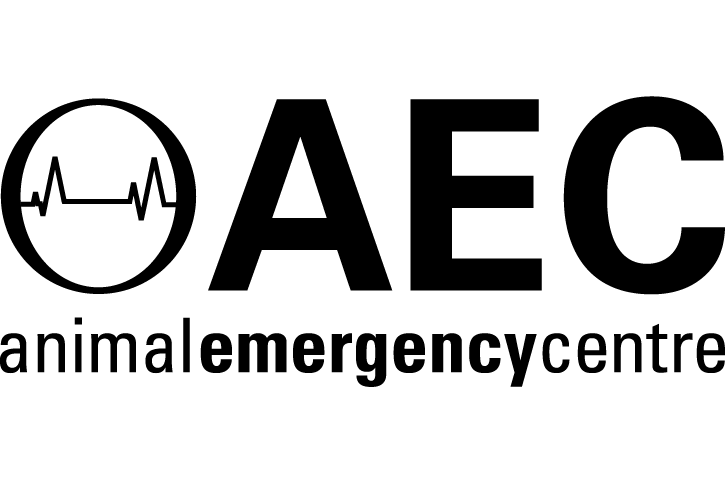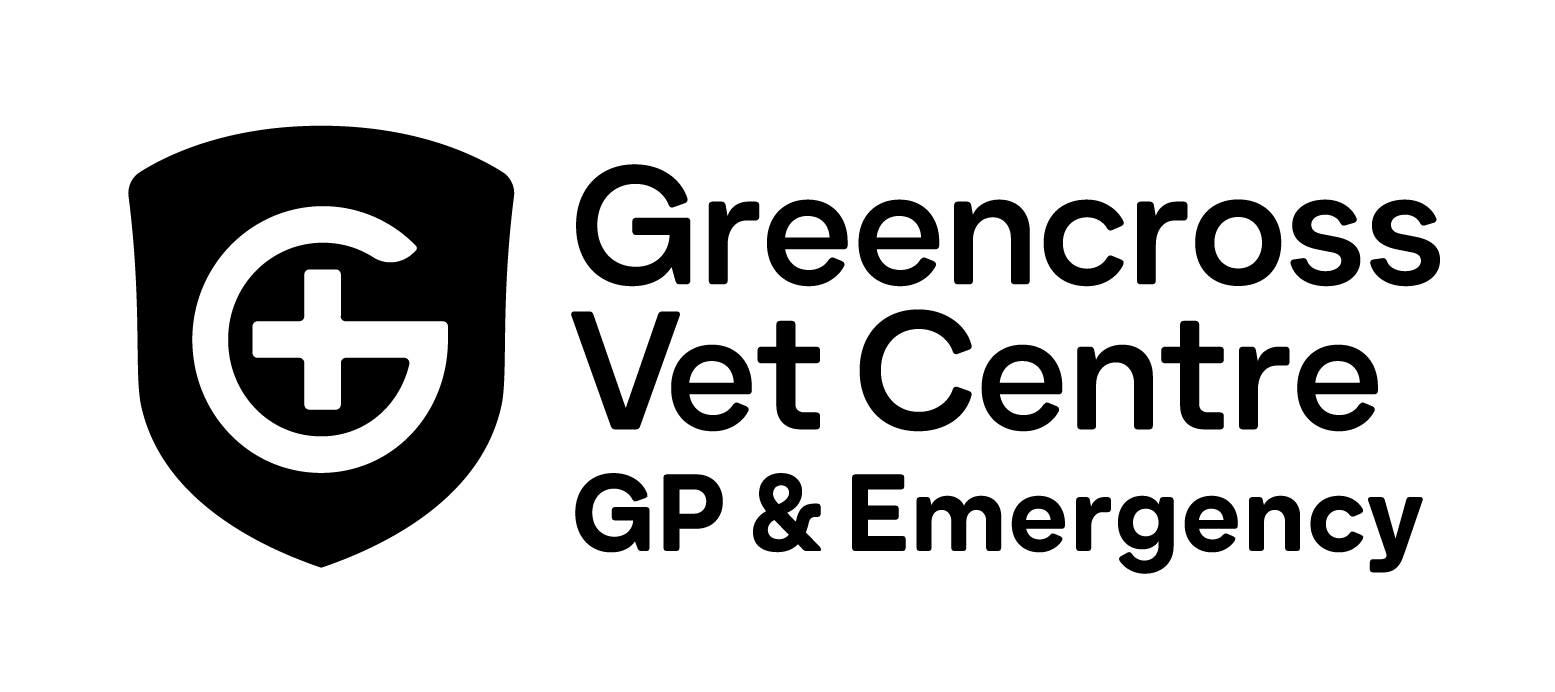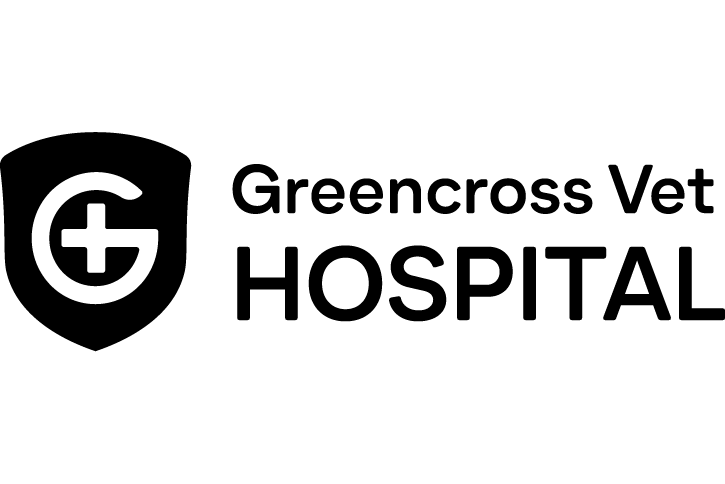An article by Adelaide Veterinary Specialist & Referral Centre (AVSARC)
Primary tumours of the thoracic wall generally mandate aggressive surgical management. Osteosarcoma, chondrosarcoma, soft tissue sarcoma, subcutaneous hemangiosarcoma are the most common malignant neoplasms occurring in this area while we see chondromas and benign bony tumours on occasion. En bloc chest wall resection offers the best opportunity to achieve clean margins for these chest wall tumours.
My approach to tumours of the chest wall is to follow the TNM staging system. From a surgical viewpoint, the aim of staging is to discover the full nature and extent of the disease thus identifying animals where a surgical cure is possible from those where surgery is unlikely to be curative, and use this information in discussions with the owners regarding treatment options including both surgery and adjuvant treatments,
Staging via the TMN system
T= Tumour:
What is it?
An incisional biopsy is critical before leaping in and resecting chest wall tumours as these surgeries are extensive and invasive. Histology results will help determine prognosis and the extent of your margins. Make sure you follow the principles of biopsy and get a nice deep representative sample with a biopsy tract that can be effectively removed well within the curative surgical margin. Handle the sample gently to make the pathologists’ job easier. When the histology results return, view a benign diagnosis of a rib tumour with healthy scepticism as occasionally a benign incisional biopsy result will be upgraded to a malignant interpretation when the entire excised surgical specimen is submitted.
Size, local extent?
Thoracic radiographs are of limited value in assessing the extent of the mass, but of course are compulsory in ruling out obvious pulmonary metastasis and sternal node enlargement.
Contrast enhanced thoracic CT is extremely helpful in documenting tumour size, location, local invasion, and effect on regional anatomy and local extension into the pleural cavity. Ultrasound may provide some of this information.
N= Nodes
Has it spread regionally?
Palpation and aspiration of local superficial nodes is mandatory. Thoracic wall lymphatics drain to axillary nodes and the intrathoracic nodes. In practice the axillary nodes are often not palpable unless grossly enlarged and are best assessed by CT or ultrasound. For caudal chest wall tumours the inguinal nodes should be sampled regardless of size as caudal chest wall lymphatics may drain to inguinal nodes. Rectal examination is also mandatory as caudal thoracic/ abdominal wall/ caudal mammary lymphatics can drain to medial iliac, sacral and hypogastric nodes. A thoracic CT is the best practical way we have available to us to non-invasively assess intrathoracic nodes namely sternal, mediastinal, intercostal and tracheobronchial lymph nodes. Enlarged nodes raise concern for metastasis however they may also be enlarged due to lymphadenitis or hyperplasia in response to tumour associated inflammation or tumour necrosis. In theory, CT guided node aspirates are possible, but in practice we aim to sample enlarged intrathoracic nodes at the time of chest wall surgery. Thoracoscopic visualisation and biopsy (available at AVSARC) is also possible for selected intrathoracic nodes and could be used as a thorough pre-operative staging tool. Some enlarged nodes that are palpable on rectal examination can be sampled by an experienced ultrasound operator.
PET scanning is the modality of choice for detection of thoracic nodal metastasis in people and is highly correlated with node biopsy results. One for the future for our patients?
M= Metastasis.
Could it have spread systemically?
This question must be answered prior to aggressive and invasive surgery. Abdominal ultrasound and/or including the abdomen in a CT scan is advised. Complete baseline data including CBC, serum biochemistry and urinalysis are advised as results may alert to related or unrelated illness that may change a decision for a major surgery, or alter the anaesthetic plan. Elevated ALP has negative prognostic implications for rib osteosarcoma.
SURGERY
Chest wall resections are significant procedures and an organised team with ventilator experience is required. The pre-surgical planning is critical with respect to the number of ribs to be resected. In general minimal 3cm margins are taken even when the incisional biopsy of a rib tumour is apparently benign.
Having CT images available in theatre helps transfer your pre-planned margins to the patient. A surgical marker makes marking the margins simple and allows adherence to your margins when the skin recoils during the incision.
Knowledge of chest wall blood supply is critical. In particular the internal thoracic and intercostal arteries have the potential to cause significant intraoperative and post-operative blood loss if not identified and carefully ligated in the operative field.
Once the resection is complete, the defect is typically quite alarming however one must not compromise the chances of an oncologic cure by performing conservative excisions! Reconstruction is in three layers. Muscle flaps form the first layer, with mesh rarely required unless the resection extends towards the dorsal aspect of the ribs. Mid and lower resections can be reconstructed with a latissimus dorsi muscle flap which provides impressive ability to cover large chest wall defects. Deep pectoral muscle can be rotated dorsally to assist closure if required. The use of mesh is associated with a significant risk of post-operative complications compared to no mesh, and where used they should be covered with vascularised tissue (either a muscle flap or omentum) rather than simple sc and skin closure over the mesh.
Resections of the caudal ribs may be out of reach of these muscle flaps however diaphragm advancement is an effective way of converting a caudal chest wall defect into a cranial abdominal wall defect, simplifying the closure and providing greater security to the intrapleural negative pressure post surgically. Once the chest wall defect is reconstructed, subcutaneous and skin closure is performed with undermining and advancement of loose trunk skin. Dogs with taut trunk skin (e.g. a rotund Staffy) may require skin or myocutaneous flaps or pre-stretching of trunk skin prior to surgery.
Thoracostomy drain and a subcutaneous wound drain are maintained for 1-2 days post-surgery. Nasal oxygen cannulas are placed prior to anaesthetic recovery to allow O2 supplementation in the post-operative period, and 24 hour critical care monitoring is critical.
Multimodal pre-emptive analgesia is indicated. We typically apply a fentanyl patch (3-5ug/kg/hr.) the day before surgery and use an opiate in the pre-med. Intercostal nerve blocks with a combination of lignocaine and bupivacaine are extremely effective and critical to post operative comfort in my view. Intraoperative opiate top-up and a constant rate infusion of ketamine or fentanyl during surgery are carried into the post-operative period. Soaker catheters are in vogue, delivering a low dose constant infusion of local anaesthetic into the wound, however I have not found these to be practical in very large wounds such as those created here. Intrapleural administration of local anaesthetic solutions in the post-operative period is well described. Buffered solutions must be prepared to avoid severe discomfort associated with the low pH local anaesthetic solutions, and the patient rolled with the operated side down to allow contact. I have found this to be strongly resisted by patients and the quality of analgesia to be not superior to an intercostal nerve block containing bupivacaine. Intercostal blocks can potentially be repeated in the days post operatively if required.
NSAIDs are used routinely perioperatively and post operatively unless contraindicated. We expend considerable energy in planning and carrying out aggressive analgesic management of these patients and I am constantly impressed at how well these dogs recover. They are generally up and about, tail wagging and eating well the day following surgery.
Patients typically go home 1-2 days post-surgery with NSAIDS, a fentanyl patch and a second oral analgesic drug such as tramadol bid-tid and advice for rest with gentle leash exercise only.
How many ribs can be removed?
Resections typically involve removal of 4-6 ribs. One common concern is the creation of a pliable rather than rigid section of chest wall thus effectively creating a flail segment. This certainly happens, and there is a slightly unnerving paradoxical inwards movement of the reconstructed chest wall on inspiration, however this seems to be of limited significance. There was no compromise in short term post operative respiratory function data reported in 2 studies of chest wall resections of up to 6 ribs, and we have not had difficulty weaning these patients of oxygen supplementation in the first post-operative day. Bear in mind these dogs generally have healthy lungs (unlike a dog with traumatic flail chest where the mortality rate is high).
Complications:
The most common complication is drainage of wound fluid from between the sutures. A carefully constructed cross-the-heart type chest bandage helps to minimise subcutaneous dead space after drain removal. Pleural effusion is a potential complication where wound fluids move into the pleural cavity. The risk of this is high after mesh-only reconstruction, and in people mesh reconstructions are covered with omentum on the pleural side to minimise pleuritis and assist fluid resorption.
The use of mesh is associated with significantly higher complication rate (infection, persistent drainage) compared to the use of muscle flaps or combination mesh/ soft tissue closures. Mesh related infections can occur years after surgery. Post-operative pulmonary oedema has been reported and may necessitate medical management and potentially temporary post-operative ventilation.
Prognosis:
The prognosis for benign tumours and chondrosarcoma is very good when clean margins are achieved, with prolonged survival (years) achieved in most cases however late metastatic disease may occur in 15-28% of patients with chondrosarcoma. Osteosarcoma carries a guarded prognosis (median survival time 290 days in one study). Chest wall soft tissue sarcoma and subcutaneous hemangiosarcoma are also treated with chest wall resection. There is no specific data related to chest wall location however prognosis is likely to mirror those tumours in other locations.
Additional reading:
- Liptak et al (2008, Vet Surg). Reconstruction of chest wall defects after rib tumour resection: A comparison of autogenous, prosthetic and composite techniques in 44 dogs.
- Halfacree et al (2007 vet Surg). Use of latissimus dorsi myocutaneous flap for one stage reconstruction of the thoracic wall after en bloc resection of primary rib chondrosarcoma in 5 dogs.
- Liptak et al (2008 Vet Surg). Oncologic outcome after curative intent treatment in 39 dogs with primary chest wall tumours.
.png)








